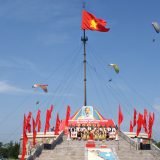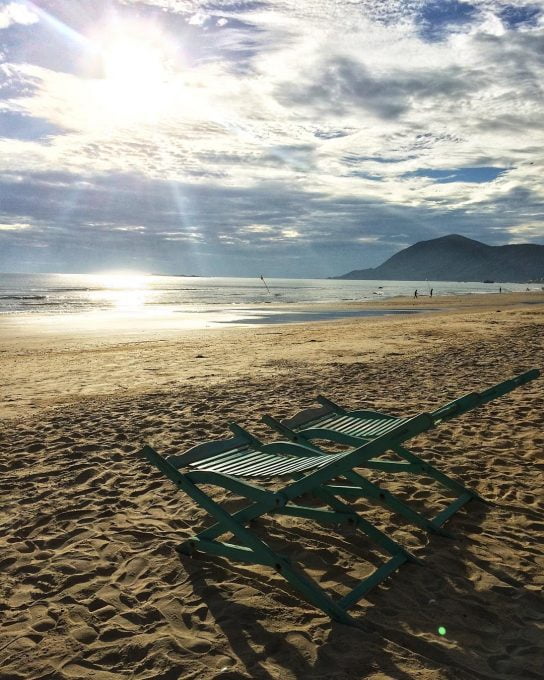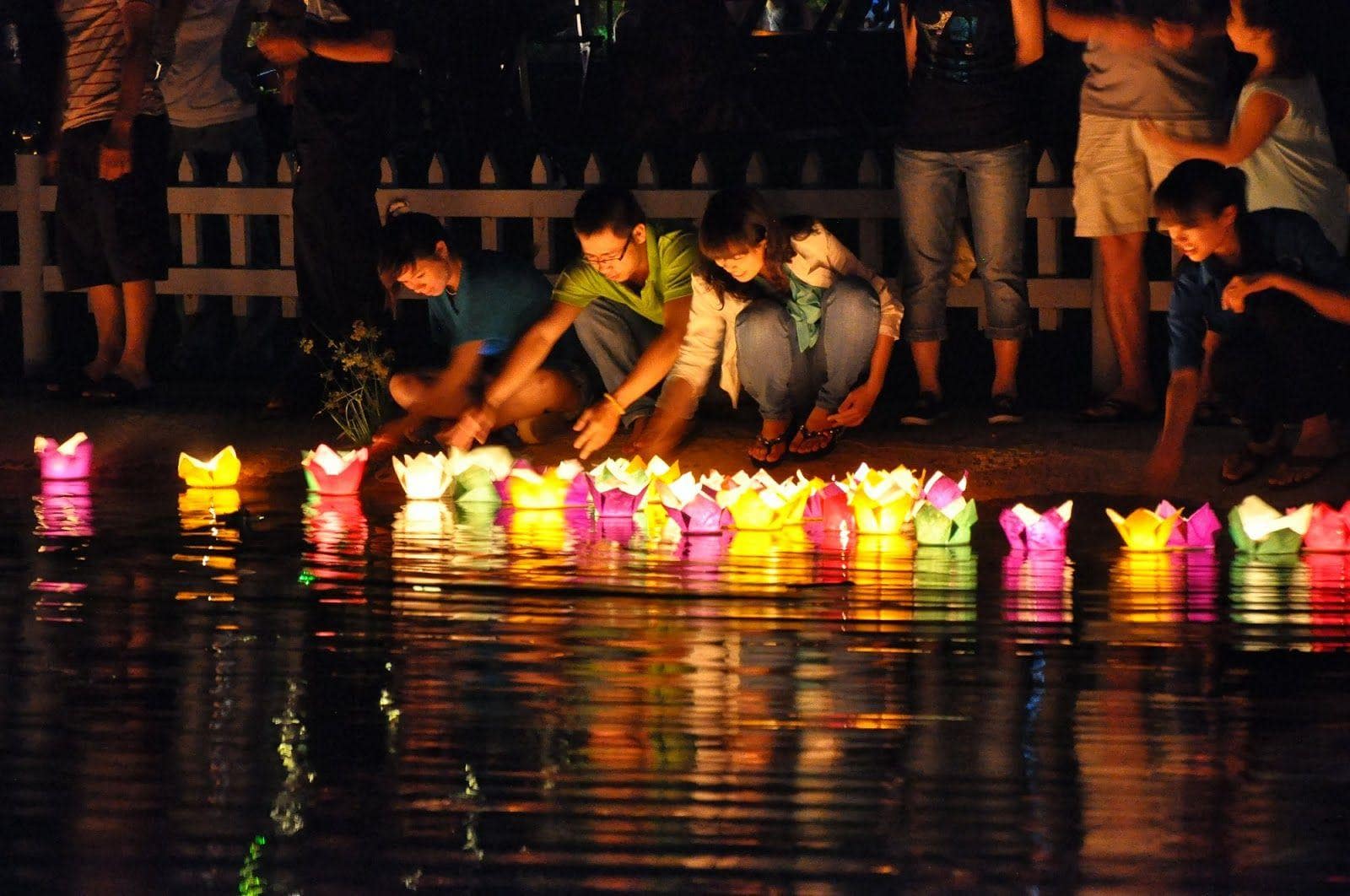
Vietnam war’s remnant kept in unbelievable scenic spots – Backpackers Vietnam
We heard a lot about the friendliness of Vietnamese, the majestic landscapes, the fast development of new modern city,… It will be incomplete if you read some historical stories about Vietnam war which is an indispensable factor in order to form a Vietnam nowadays.
As a child of Vietnam, the declaration of independence which Ho Chi Minh president read is always in my mind: “People of Vietnam have the right to be free and independent. So the country does.”
Over the course of long history, many battles, Vietnam is affected heavily by war for centuries. Below is the list of scenic spots that attached the historical stories about Vietnam war.
THE NORTH
Dien Bien Phu Battlefield
Dien Bien Phu battle was the biggest confrontation of the First Indochina War that took place from March 13 to May 7, 1954 between the French Union’s French Far East Expeditionary Corps and Viet Minh communist revolutionaries.

Dien Bien Phu battlefield nowaday. Source: baodienphienphu
By winning this battle, the Vietnamese Army, commanded by General Vo Nguyen Giap, forced the French army at Dien Bien Phu to surrender in May 1954. In the midst of this battle, the French army increased to 16,200 people but could not withstand the stormy attacks of the Vietnamese Army, despite the support from America. Visit here, you can see some relics of old Bien Bien Phu battlefiled such as hill A1, C1, C2, D1, Hong Cum, Him Lam, Doc Lap hill, Muog Thanh airport, General De Castries’s tunnel…
General De Castries’s commanding tunnel is in the center of Dien Bien Phu basin, surrounded by barbed wire fences and mines, four tanks in each corner. The tunnel is 20 meters in length and 8 meters width, divided into four compartments for working and rest rooms of the headquarters of Dien Bien Phu stronghold. In this basement, General De Castries welcome high-ranking officials from England, France, America and journalists. At 5:30 p.m on May 7,1954, Mr. Ta Quoc Luat, fluttered the flag “Determination of victory” on the roof of De Castries’s tunnel to end the Dien Bien Phu campaign.
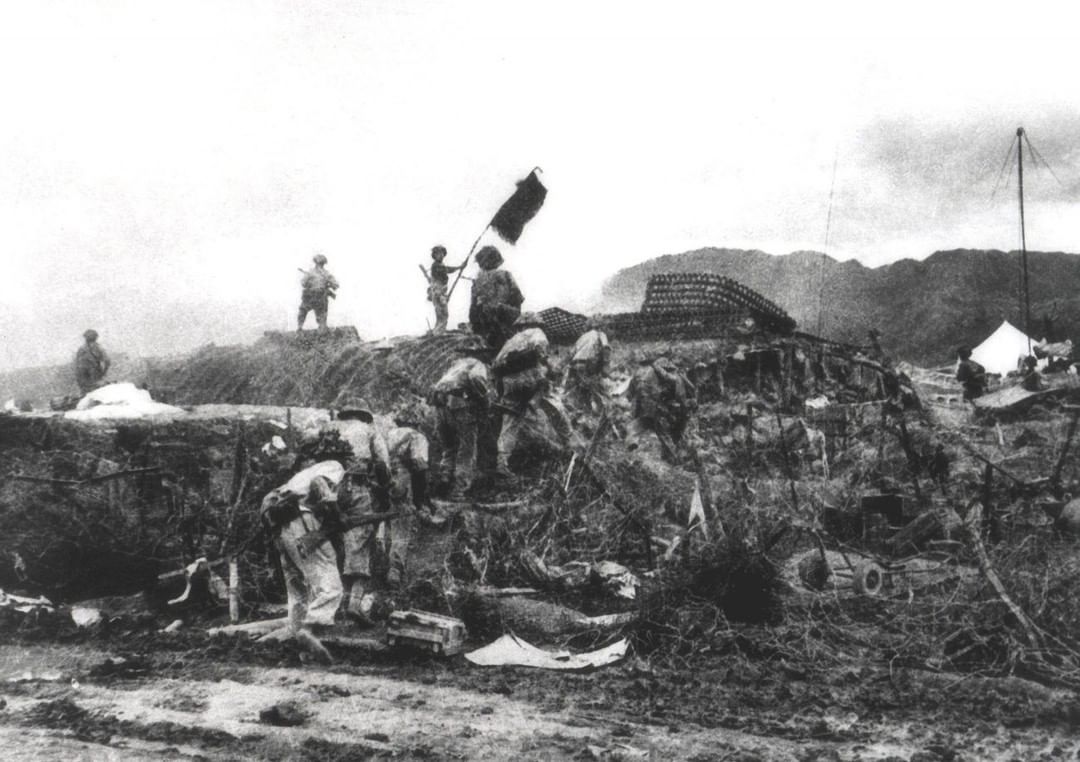
May 7,1945. Source: polkamagazine
Hill A1 remains the body a 18-ton tanks, the large funnel-shaped hole- is a sign of a massive explosion of our troops, the tunnels to lay bombs.
Dien Bien Phu museum is a place to store artifacts of our army and enemies in the Dien Bien Phu historic campaign. Currently the Museum has 2 galleries:
- Exterior: consists of 112 artifacts which are waepons of our army and French’s.
- Interior: A place to keep exhibiting 274 artifacts and 202 documentary images about Vietnam war against the French, conspiracies and actions of the French colonialists, the preparation and the evolution of the Dien Bien Phu campaign and its result.
French Defense Minister Marcel Bigeard, former Lieutenant Colonel of the Dien Bien Phu stronghold, visited Vietnam in 1993, looking back at the old battlefield, told foreign cameraman: “If I am Vietnamese, I will also become Viet Minh “. And General De Castries, after returning to France, told the Investigation Committee of the Ministry of Defense of France: “One can defeat an army, not one nation.”
The temple of Literature – Quoc Tu Giam
Quoc Tu Giam is the first university of Vietnam built from 1070 under Ly dynasty. It can be said that the Ly dynasty was the most developed period of Vietnamese education in the feudal kings. When newly built, the school is only for manradin’s childern. Later, it’s to anyone, even common people. The Temple of Literature is premise for education development, creating many talents for Vietnam war later.
Quoc Tu Giam is an ancient architectural complex of around 54.331 square meters. Surrounding the campus is 4 walls made from large bricks. The temple is divided into many sectors for various educational activities. The inside includes the ancient architecture hidden under the luxuriant foliage, bring a completely different atmosphere- cooler and greener than the outside.
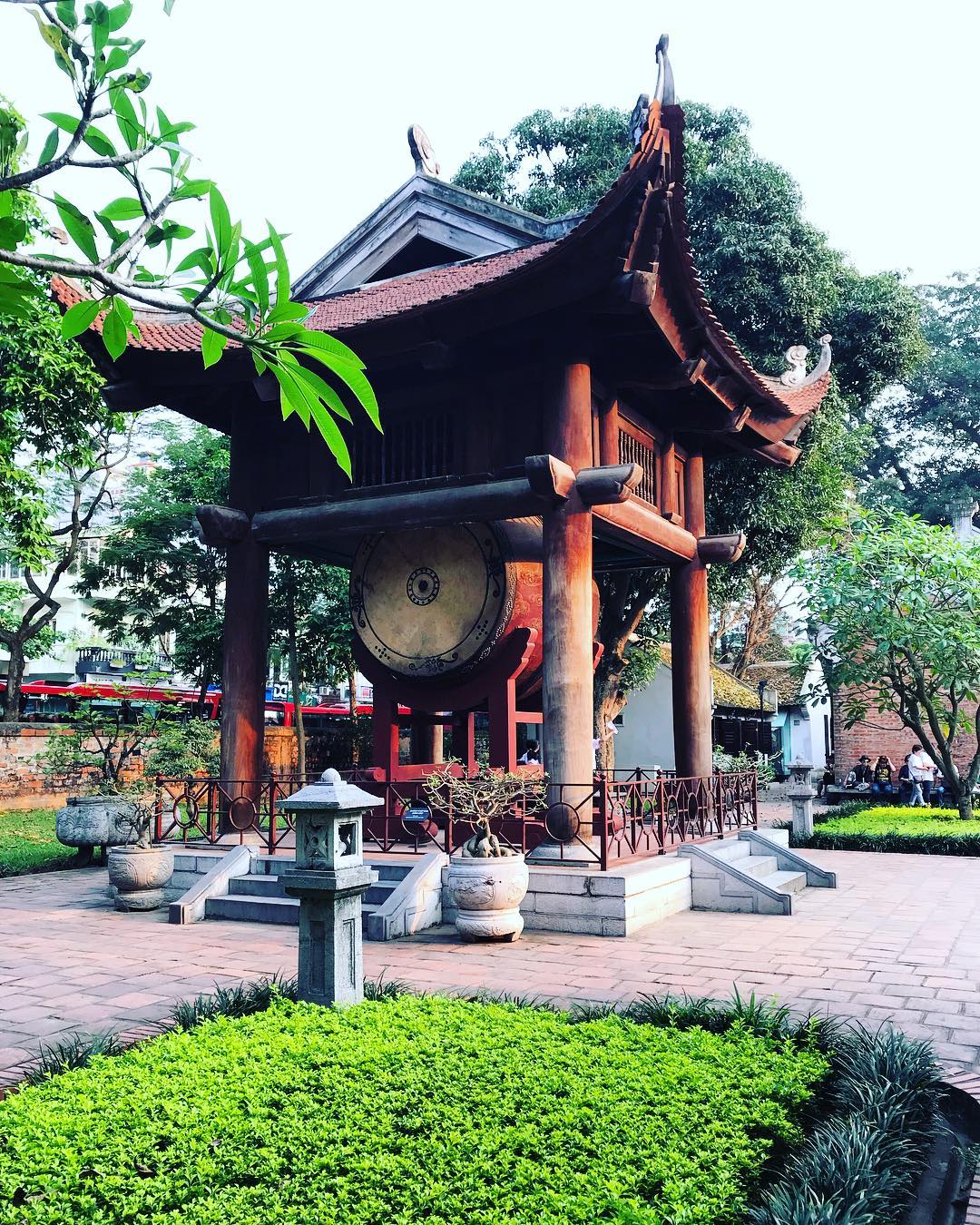
Thaihoc court yard. Source: thanhnguyen
The most precious relic of the monument is stele engraved with the names of Doctor or people who ranked first in exam. Stele is placed on the back of stone tortoise There are 82 steles left for the exams from 1442 to 1779.
Entrance ticket: 20.000 VND/ childern ticket: 10.000 VND
Pac Po
Pac Po, Cao Bang province, is the place associated with President Ho Chi Minh’s activities in the early stages of returning to the country to lead the revolution. On February 8, 1941, after 30 years abroad, Ho Chi Minh returned to his country and lived in Pac Po. He stayed in a small cave named Coc Bo.

Pac Bo cave- where Ho Chi Minh President stayed and worked from 08/02/1941 to 03/1941. Source: msquare.vn
Here, he wrote the poem, studied the strategy, directly directed the construction of cadre in Cao Bang, trained and translated “History of the Communist Party of the Soviet Union “, urgently prepared and organized the Eighth Conference of the Party Central Committee. This is also the place for the birth of the “Vietnam Independence” newspapers, establishing the “Viet Nam tuyen truyen giai phong quan” – the main force of the Viet Minh front (December 22, 1944).
THE CENTRAL
Complex of Hue monument

Still remains during years of Vietnam war. Source: miniman1446
It was the old imperial city of Vietnam under the dynasty of the 13 Nguyen Kings from 1802 to 1945 and many monuments surrounding were modeled after Beijing’s Forbidden City. In 1993, Hue Monuments complex was honored to be the first heritage of our country, recognized by UNESCO as a World Cultural Heritage.
Complex of Hue monument was damaged during Vietnam war, both domestic revolution and French invaders. August 1, 1945, take the advantage of the Japanese unconditional surrender to the Allies, the Communist Party of Vietnam revolt. The August Revolution lasted for 15 days and gained independence, Vietnamese feudal history ended. On August 25, 1945, at Ngo Mon Gate, Bao Dai – the 13th and last king of the Nguyen Dynasty read the abdication. On September 2, 1945, President Ho Chi Minh read the Declaration of Independence, giving birth to the Democratic Republic of Vietnam.
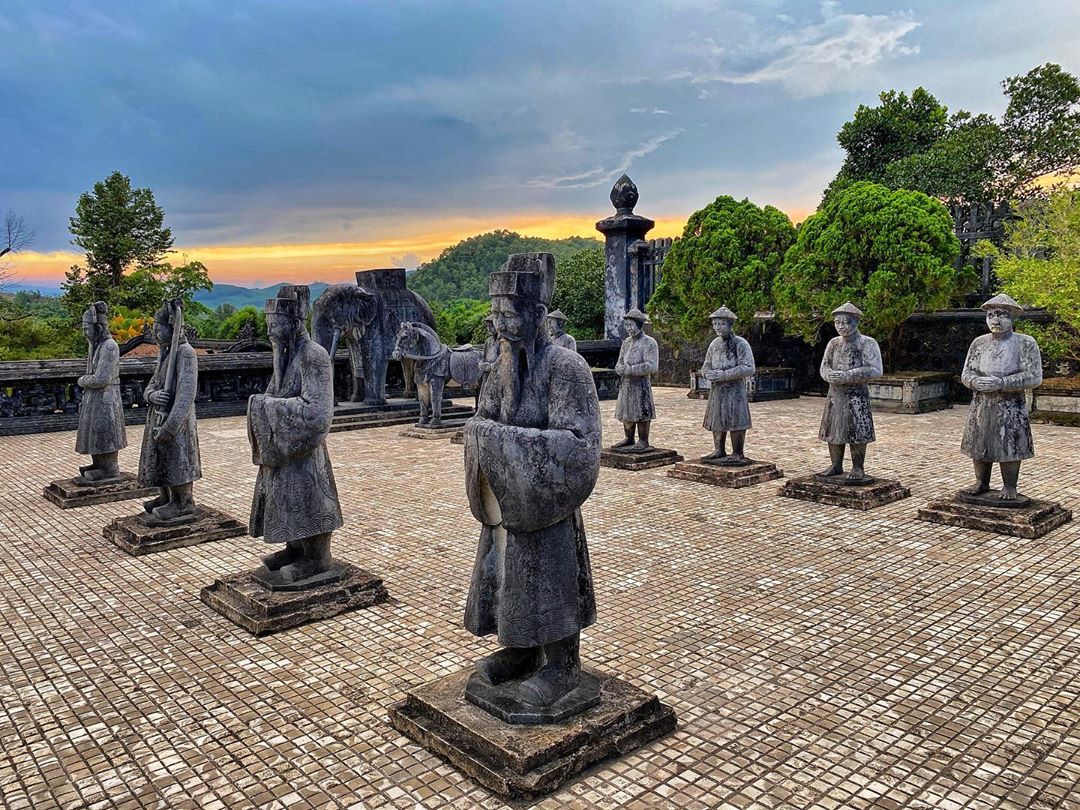
Khai Dinh tomb, Hue. Source: calvinthaipham
The massive complex features hundreds of monuments and ruins, such as the Forbidden City, once the residence of the royal family and badly damaged during the Vietnam War, the Imperial City, royal tombs, flag tower, pagodas, temples, a library and museum. The historical complex is known not only for its rich architecture but also for beautiful landscaping. Overall, the site is quite stunning.
Truong Son Range-Ho Chi Minh Trail

Source: minhtran
After the Gieneve agreement 1954, Vietnam was divided into two regions. On May 19, 1959, the Party Central Committee decided to set up Union 559, build a strategic line of defense – Truong Son road on land and at sea. The soldiers, soldiers, fire workers, youth volunteers … have begun to expand the Ho Chi Minh trail.
Ho Chi Minh trail iis an important route for the South in order to support the southern battlefield. During the Vietnam War, US military forces and the Saigon Army raided this transportation system with a series of infantry and air operations. Millions of tons of bombs were dropped by the United States. In addition, Agent Orange and a number of other herbicides have been sprayed on many forest areas on Truong Son Road to strip leaves, chemical projects are also used to damage the road. Despite all these measures, Ho Chi Minh trail become increasingly complete and strong.
This route is not preserved at all but some historical sites.
Ben Hai river
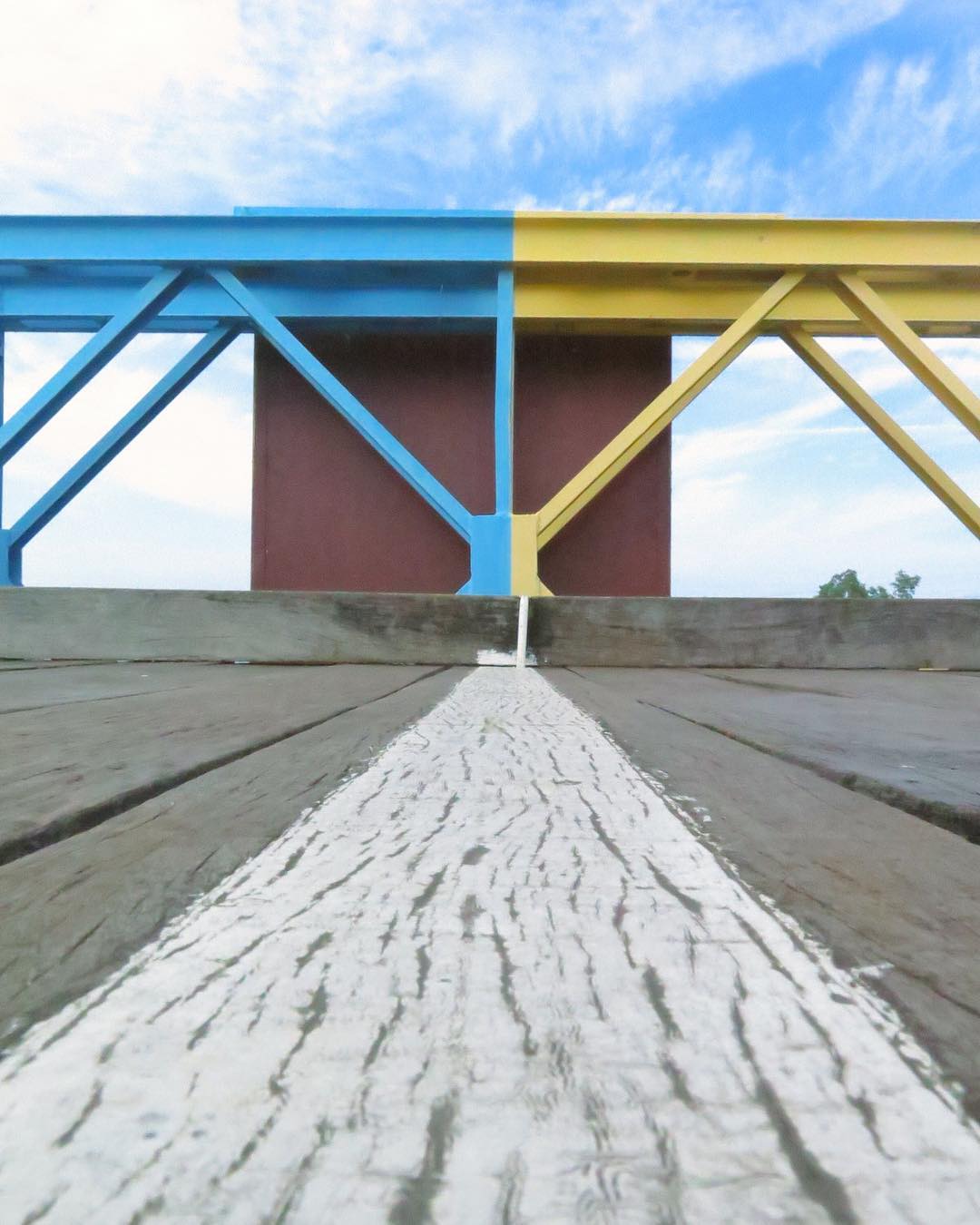
The boundary between South and North by Vietnam war. Source: thienduc0311
Ben Hai river- Hien Luong brigde is the witness of Vietnam war under resistance against America 1954. It is considered as an evidence for many arduous fighting-years and the strength, belief of Vietnamese for independence, freedom.
Find more historical stories in Quang Tri here: 6 desirable attractions in Quang Tri
THE SOUTH
Independence Palace
Independence Palace is a “historical witness” for the southern and northern unites. It was built in 1962 under president Ngo Dinh Diem. Here used to be the office of the presidents of Repulbic of Vietnam (South Vietnam).

Source: dinhdoclap.gov.vn
In the historic Ho Chi Minh campaign, on April 30, 1975, tanks of the our army crashed into the gate of the Independence Palace, raising the national flat, ending 30 years of arduous Vietnam war.
Opening time: 7:30 am and 13:00 pm.
Ticket price: VND 30,000 for adults and VND 15,000 for students.
Cu Chi Tunnel
Considered to be one of the 10 most attractive underground works in the world, Cu Chi Tunnels is a place to mark the heroic of Vietnam war. It was created for troops and Vietnamese in the late 1940s during the French colonial period and later were expanded in the early 1960s when the US army entered into Vietnam.

Source: psy1774
During the Mau Than campaign 1968, the National Liberation Front of South Vietnam used this tunnel system as a springboard to attack Saigon, the lair of the American invaders and henchmen.
Con Dao Prison

Where the patriotic soldiers suffered the brutal torture of the enemy. Source: anhnangg
The prison was built in 1861 by the French colonists to jail those considered especially dangerous to the colonial government. Known as “the true hell on earth,” this used to be detained tens of thousands of Vietnamese patriotic leaders such as Huynh Thuc Khang, Phan Chu Trinh, Ton Duc Thang, Le Duan, Le Duc Tho and Pham Hung… Prisoners here was tortured, immured in the most cruel method which panics and shocked the whole world. War left too much heavy suffering to Vietnamese in particular and the world in general.

Source: condao.vn
Historically, it includes 127 cells, 42 quarries and 504 separate cells – “tiger cages”, and more in Con Dao island. After the country was completely unified (1975), the function of the prison system in Con Dao was dissolved. In 1979, Con Dao historical relic area has been classified as a national monument.
Discover more Vietnam destinations for backpackers Vietnam here: The best 8 places in Phu Yen province for Backpackers, Some tips that backpackers have to know for saving money when in Vietnam





